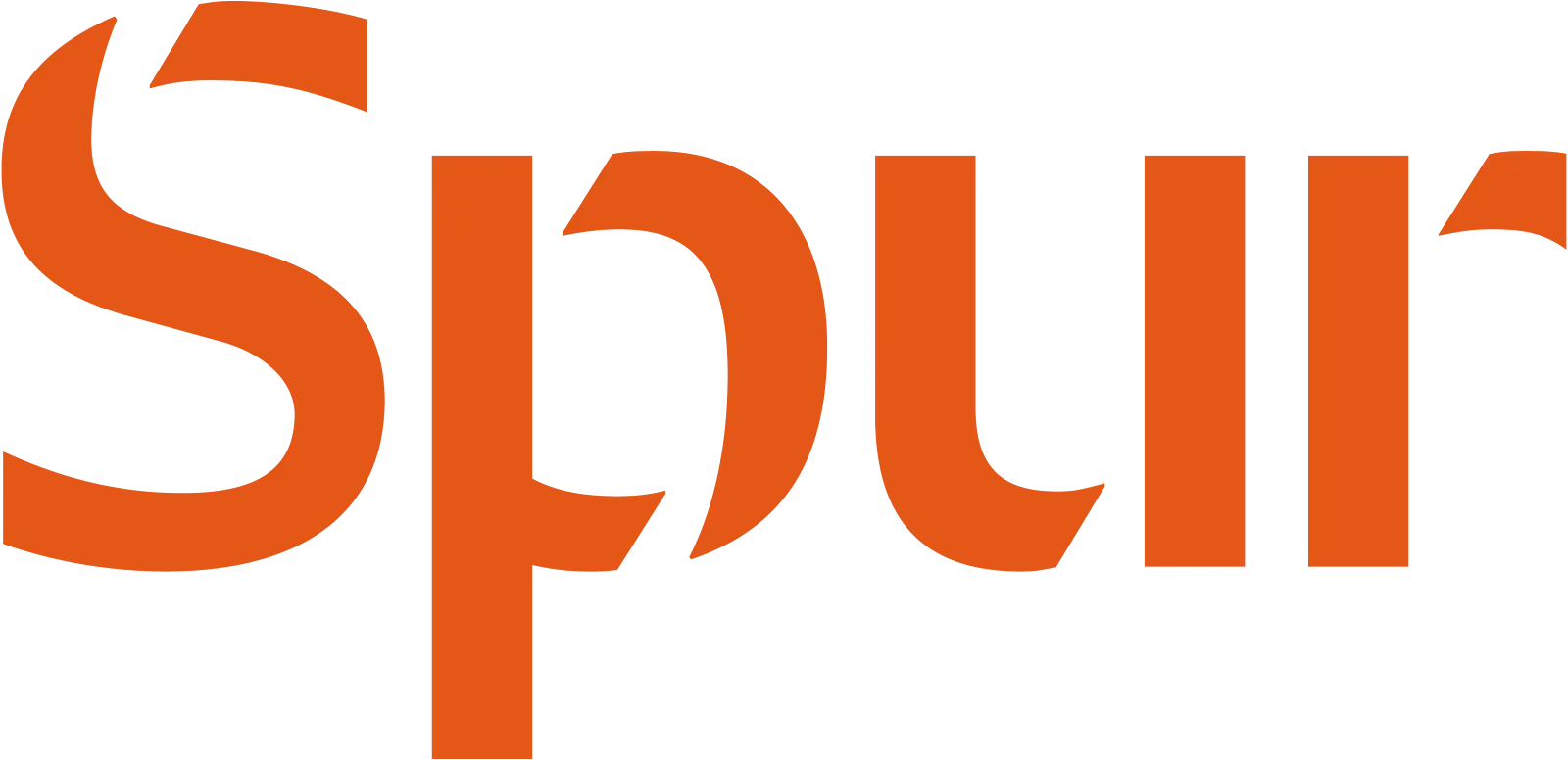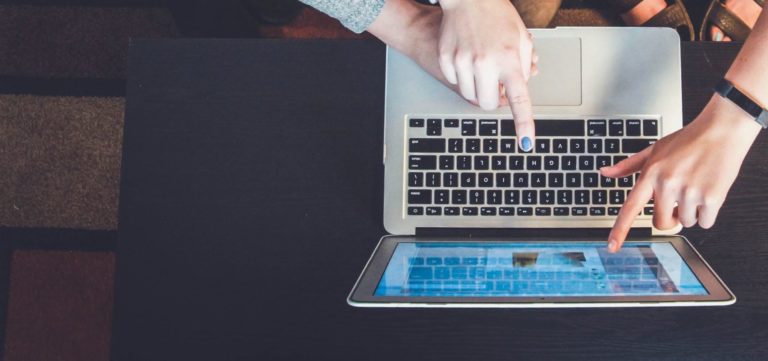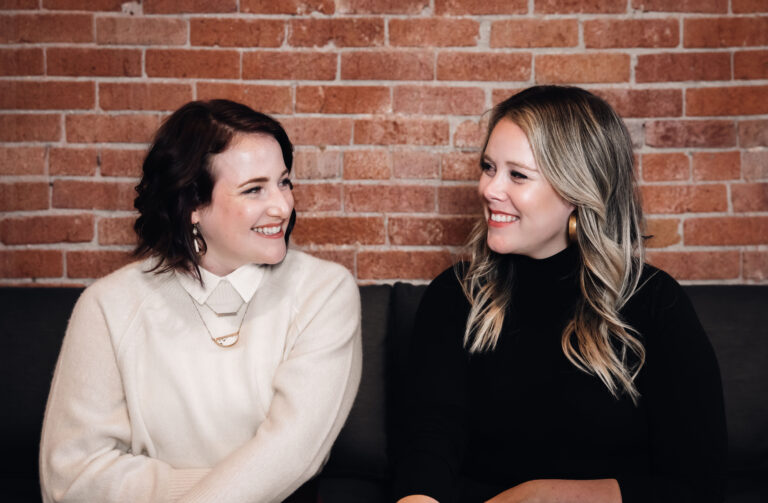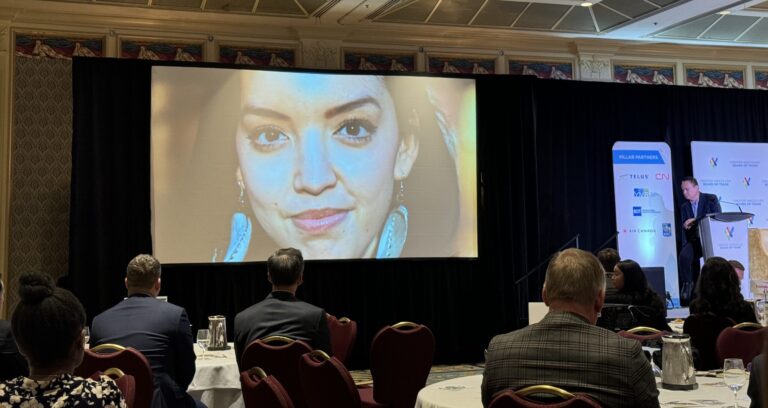Language is inextricably linked to culture, identity, and belonging. That’s why at Spur, we think constantly about the language(s) we use when carrying out our work developing communication strategies or facilitating interest-holder engagement (what we used to call stakeholder engagement). Our team has explored how to decolonize our vocabulary to build better conversations, but what about promoting and preserving Indigenous languages themselves? While none of our team members speak an Indigenous language, it’s something we’re keen to learn more about – including what allyship looks like in this context.
Above: UBC created bilingual street signs in partnership with the Musqueam First Nation to acknowledge the linguistic heritage of the Vancouver campus. UBC embodies many of our ‘do’s’ below, including the development of a full pronunciation guide online. Photo credit UBC.
how the past informs the present
Before European contact, over 200 distinct Indigenous languages thrived in Canada, reflecting the diverse communities and landscapes they originated from. However, colonial policies, including the residential school system, aimed to assimilate Indigenous peoples and suppress their languages and cultures. These schools prohibited the use of Indigenous languages, severing the transmission of cultural heritage from one generation to the next; part of a cultural genocide that produced inter-generational traumas. Despite this, many Indigenous communities have shown resilience and determination in preserving and revitalizing their languages. Today, the revitalization of Indigenous languages in Canada is not just an act of cultural preservation but also a reclaiming of identity, autonomy, and sovereignty, integral to the nation’s journey toward reconciliation and healing.
Recognizing the profound impact of these historical contexts, we’ve compiled a list of practical do’s and don’ts to guide respectfully engaging with Indigenous languages.

One of our long-term clients, the Vancouver School Board, uses a Musqueam teaching kit to explore local Indigenous cultural traditions. Co-created by the Musqueam community and the Museum of Anthropology (MOA), the kit includes hən̓q̓əmin̓əm̓ alphabet cards and the hən̓q̓əmin̓əm̓ pronunciation guide along with suggestions for class activities and student discussions – another great example of our do’s below.
do’s
- Do learn from Indigenous communities: The strongest authority on an Indigenous language are the people who are speaking or working to protect it. Whenever possible, listen and learn directly from Indigenous communities about how to respectfully apply their languages
- Do use Indigenous spellings in acknowledgements: When we acknowledge the traditional, unceded territories we operate in, we use the characters, symbols and spellings as provided by those Nations, and encourage our partners to do so, too
- Do advocate for Indigenous language education: Support educational initiatives and workshops to revitalize Indigenous languages. Emphasize their importance to cultural diversity and heritage
don’ts
- Don’t overlook or avoid correct pronunciation: Take the time to learn, represent and pronounce Indigenous names and words accurately, showing respect for these languages and cultures. Do not abscond the responsibility to learn how to pronounce words that are sacred to others
- Don’t shut down Indigenous speech: Indigenous participants in a workshop or meeting may wish to introduce themselves or answer questions in their ancestral language, which others may not understand. Hold space for this important cultural expression
- Don’t homogenize Indigenous languages: With over 200 distinct Indigenous languages in our country, no two are the same. Avoid conflating very different languages and dialects together, as these languages are as distinct as the First Nations that use them
This list is by no means exhaustive. We acknowledge that we are continually learning and unlearning in our journey to support Indigenous languages, and our commitment is to remain open to feedback and to continue educating ourselves on these critical issues.
keep learning and unlearning
Our short list above is just a humble start. To learn more:
- UNESCO’s Atlas of the World’s Languages in Danger offers insights into the status of Indigenous languages globally
- The Indigenous Languages Act by the Government of Canada details efforts to reclaim, revitalize, maintain, and strengthen Indigenous languages
- First Peoples’ Cultural Council supports revitalizing Indigenous languages, arts, culture, and heritage in British Columbia
- The Truth & Reconciliation Commission’s reports, particularly the Calls to Action, emphasize revitalizing Indigenous languages as critical to reconciliation. The Calls to Action (#13-17) directly address language and culture
Respecting Indigenous languages is not only about words but also about actions and intentions. By committing to these practices, we hope to contribute to the preservation and revitalization of these important facets of Indigenous identity.



